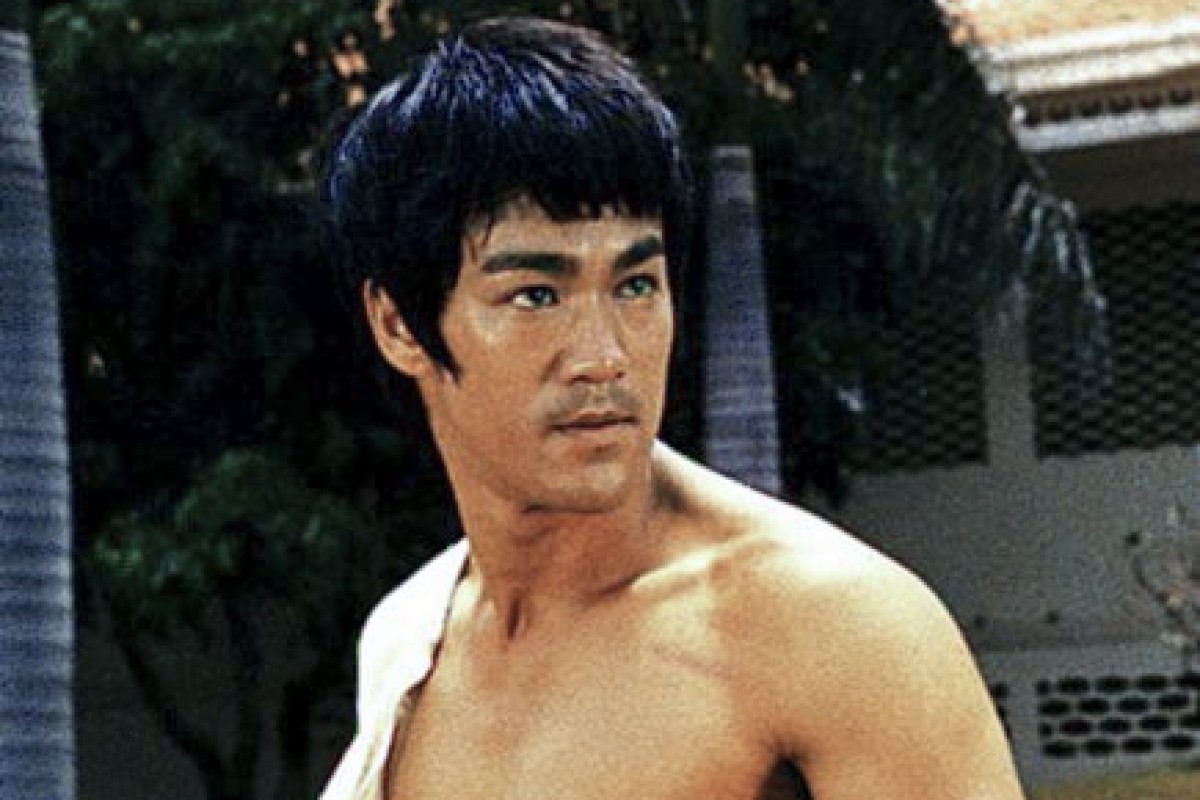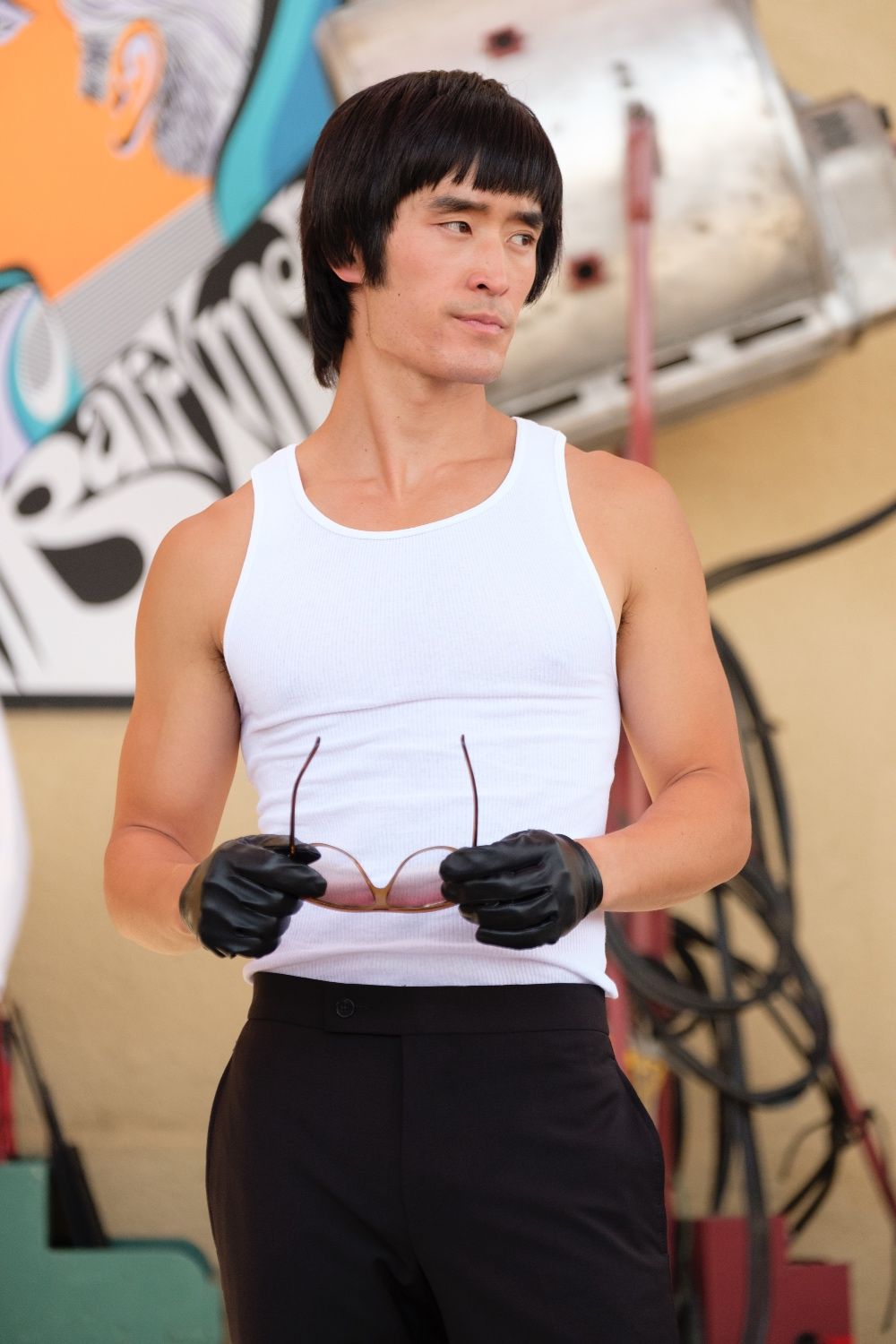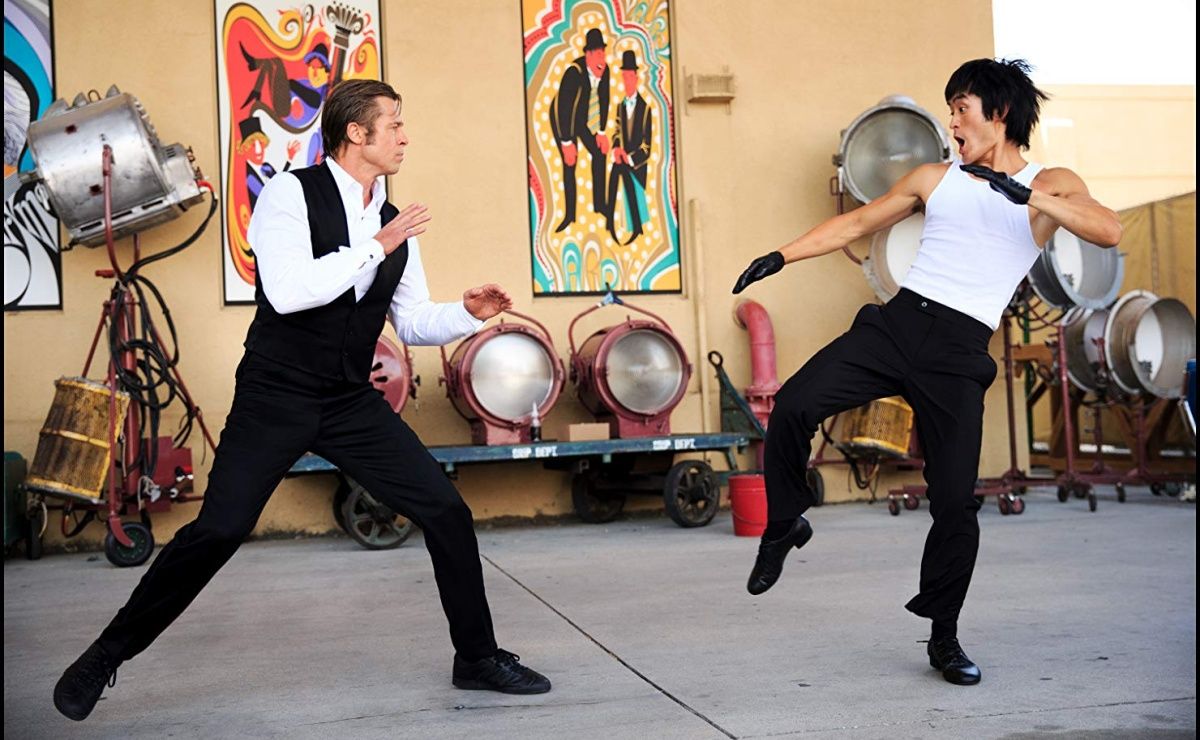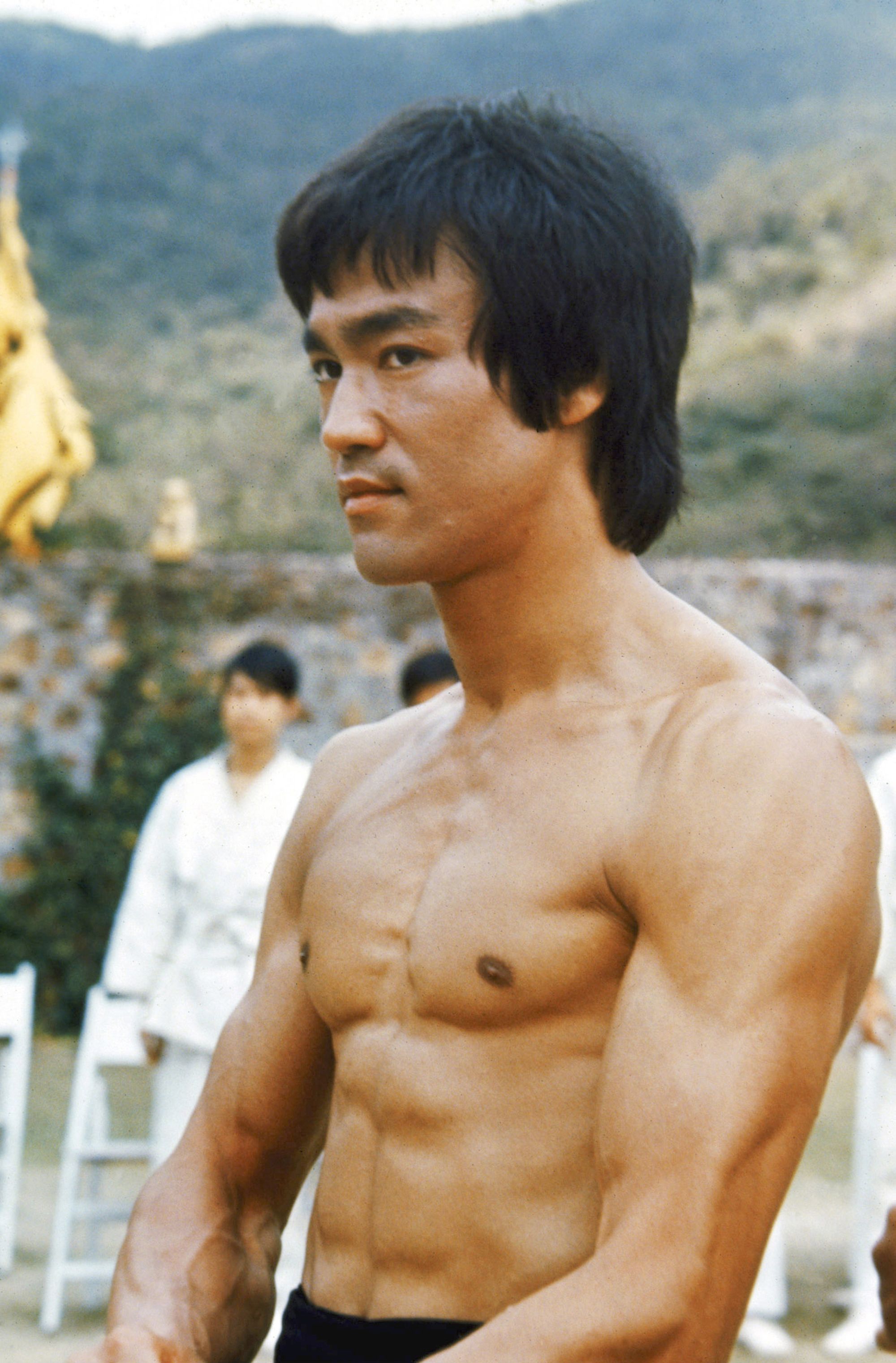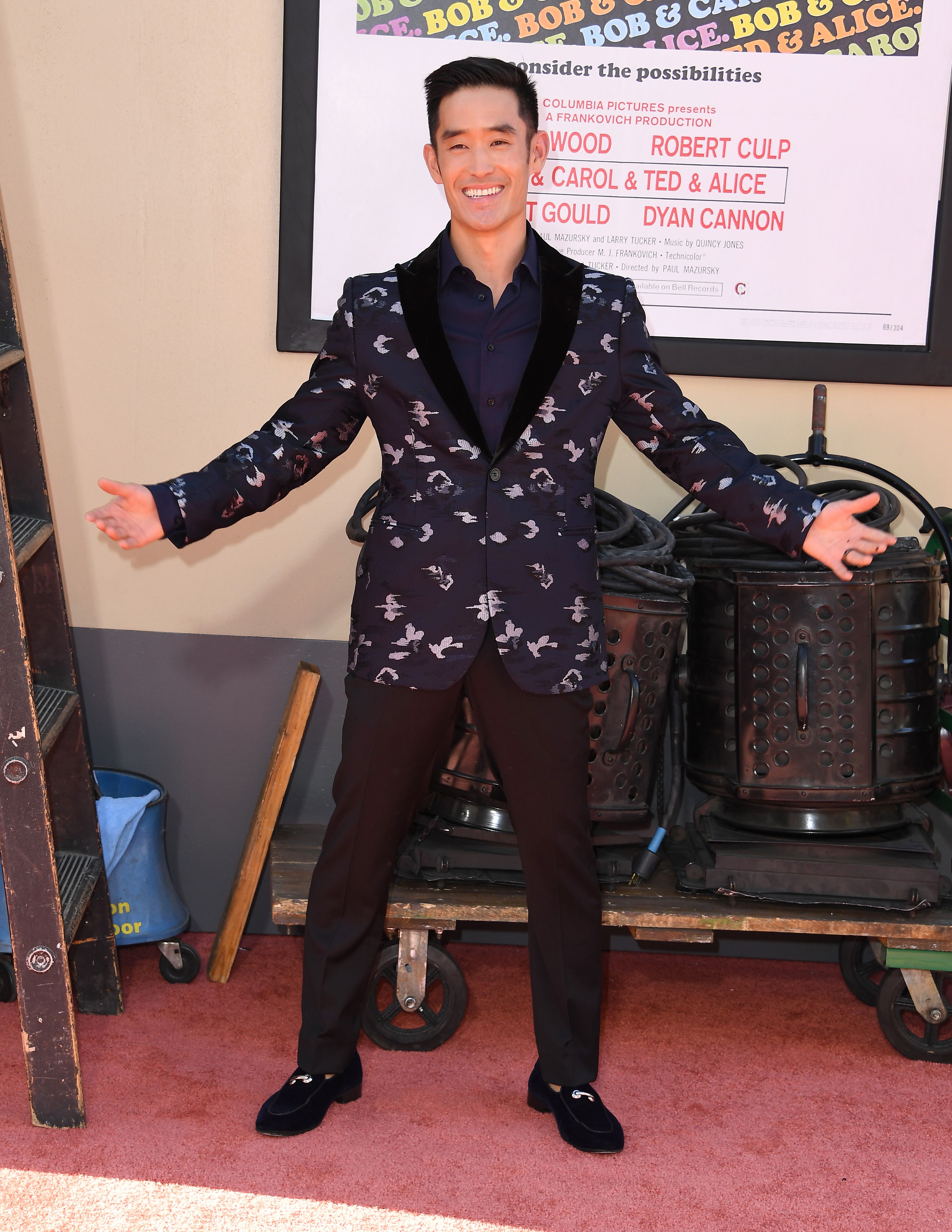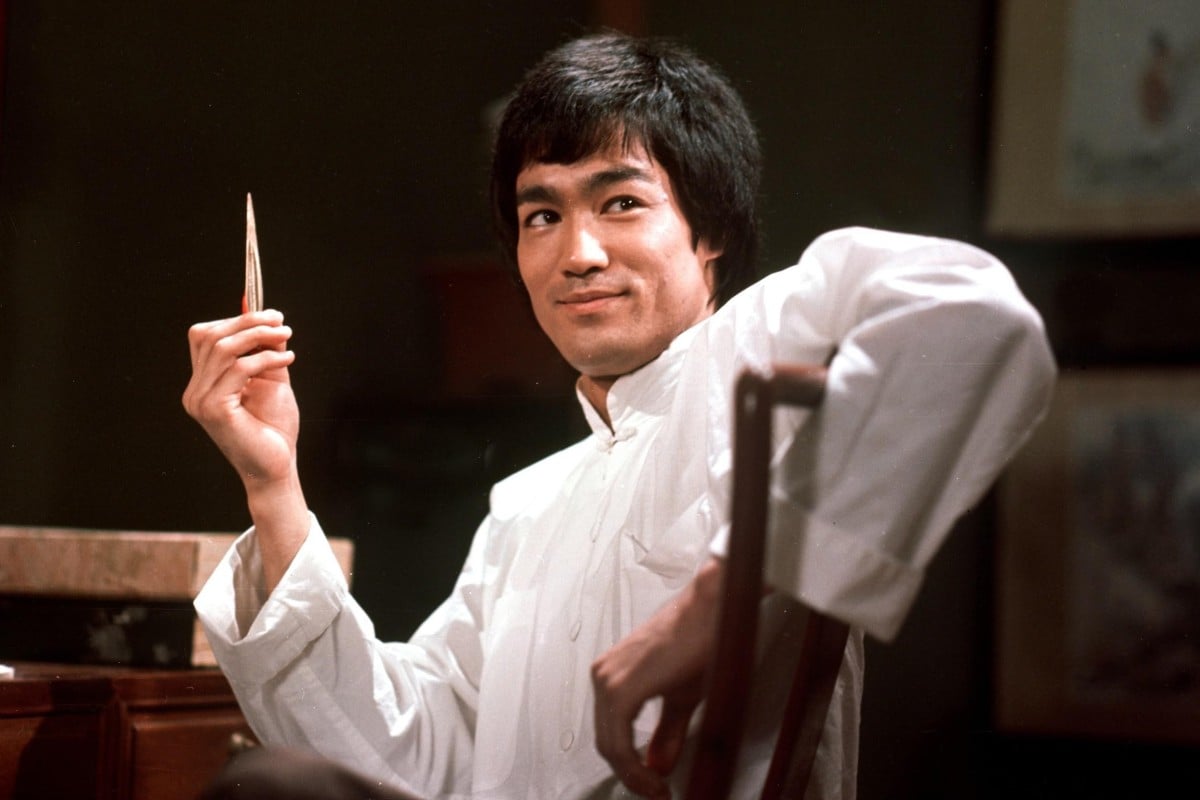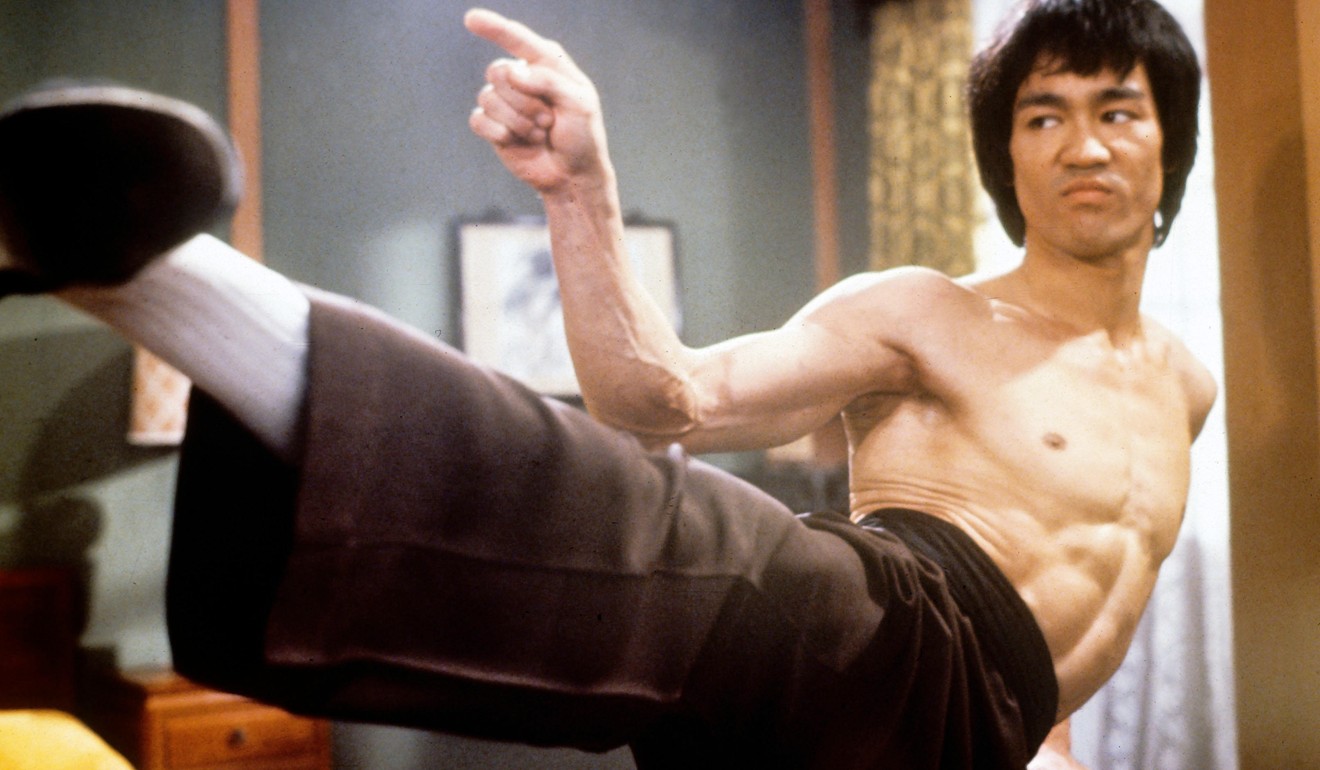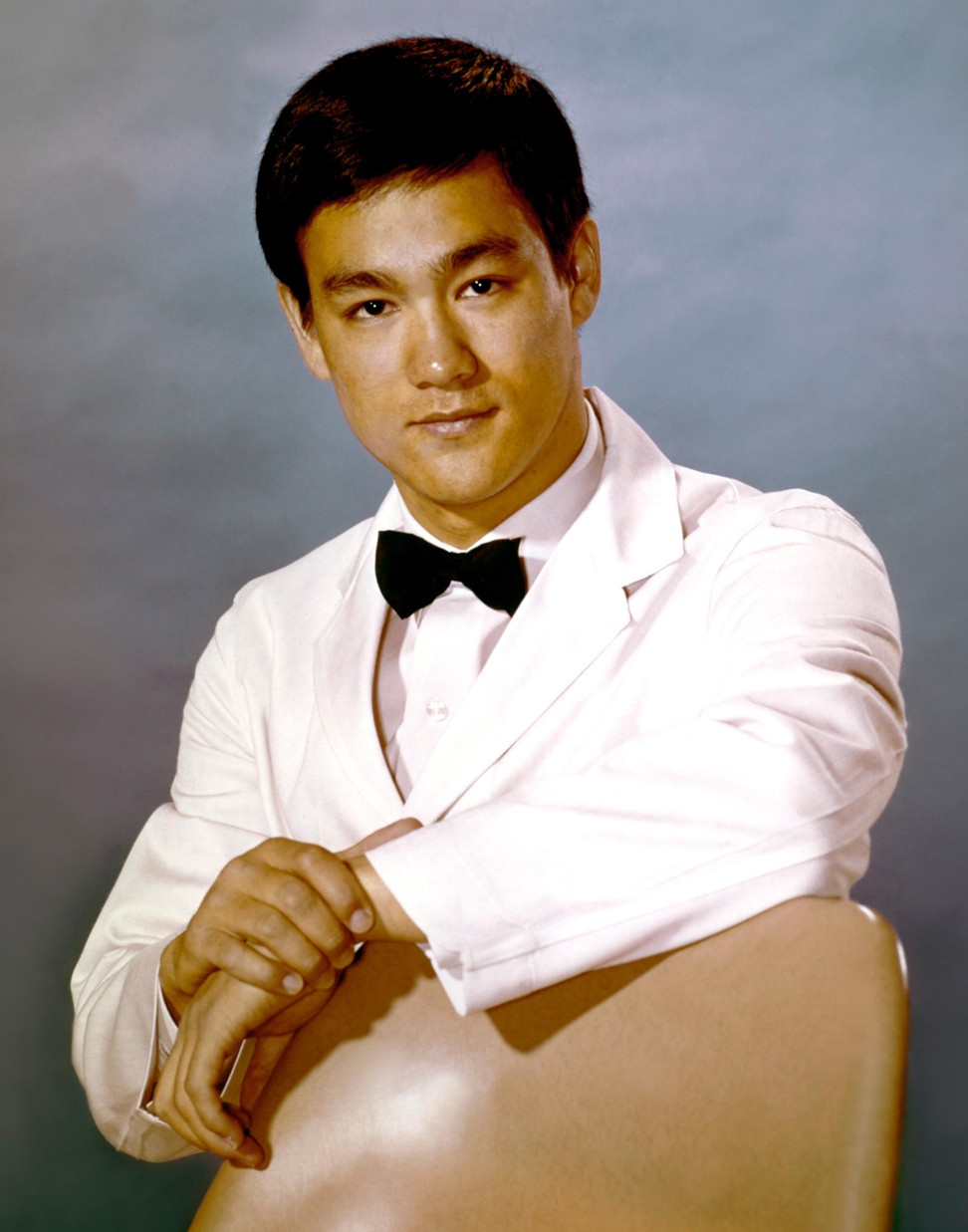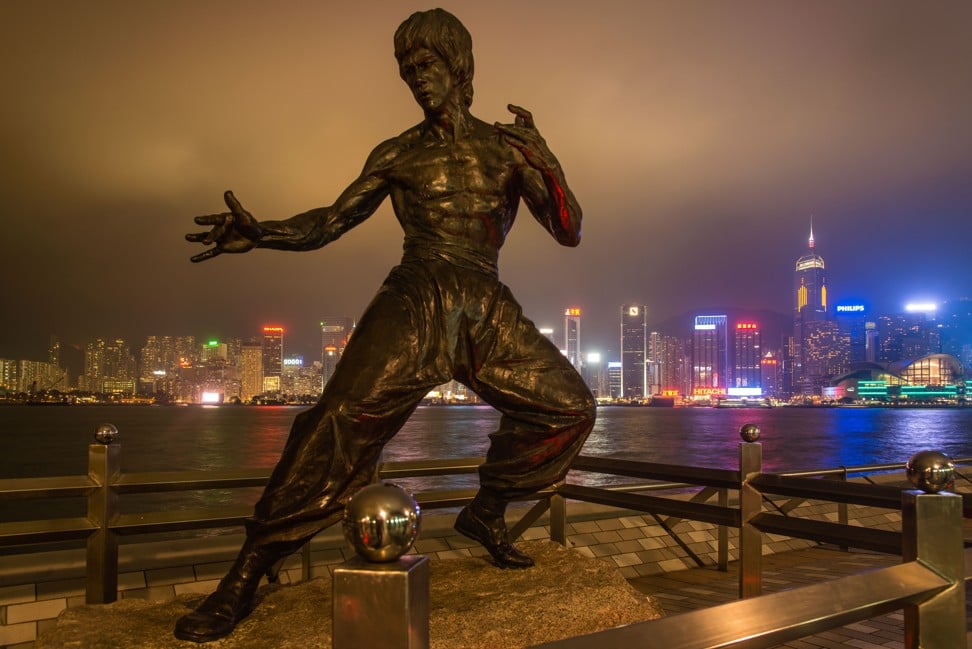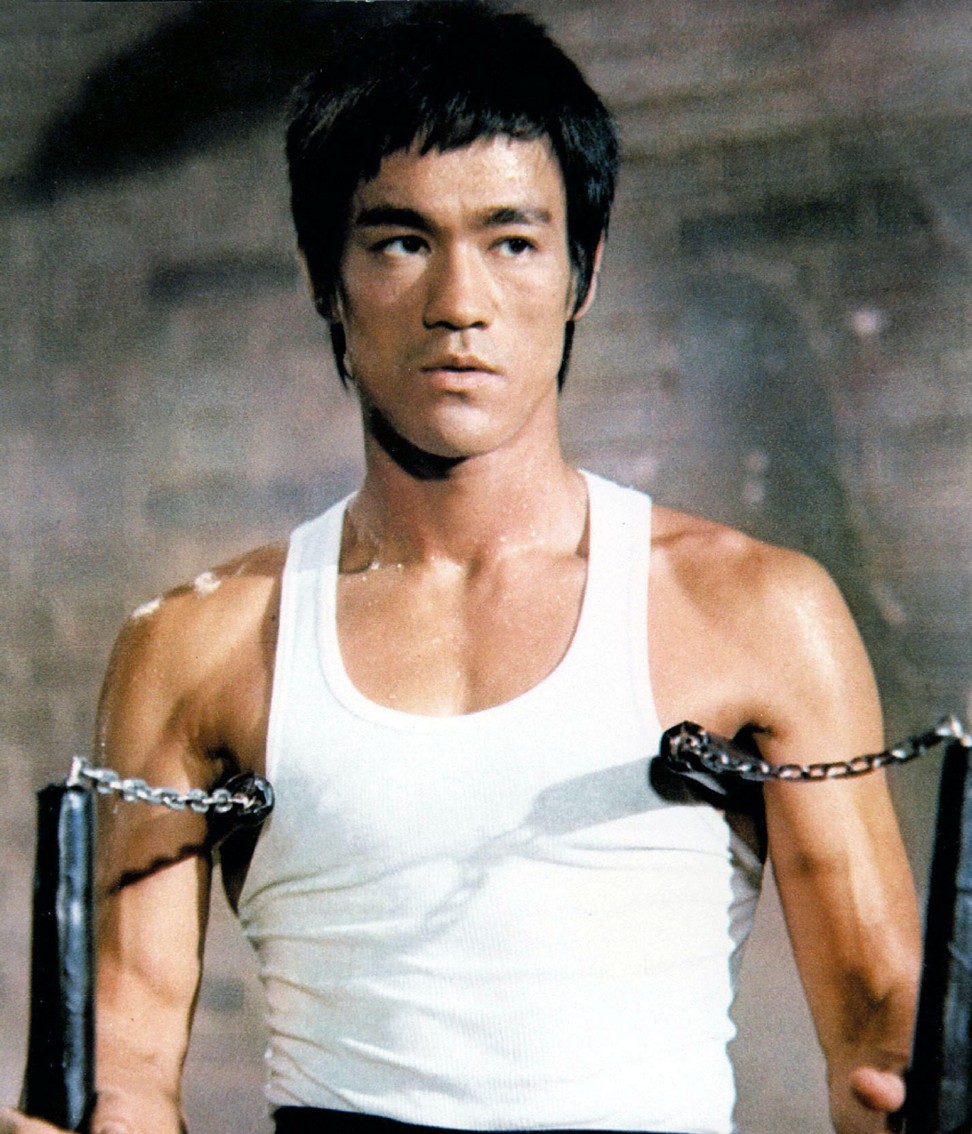American who idolised Bruce Lee and trained at Shaolin writing star's biography
He grew up wanting to be Bruce Lee, and later became a Shaolin disciple; now Matthew Polly is in Hong Kong to write story of kung fu star's life
Saturday, 20 April, 2013 [Updated: 03:37]
Shirley Zhao

Martial arts expert Matthew Polly in front of a statue of Bruce Lee in Tsim Sha Tsui. Polly, who dropped out of Princeton to become a Shaolin apprentice, is writing the late star's biography. Photo: Edward Wong
Matthew Polly knows about being an introvert and an extrovert. When it's suggested he must be an extrovert, he doesn't deny it but confesses he used to be a skinny, nerdy boy, always too shy and geeky to communicate. Back then, he found it was always the suave and outgoing people who tended to lead or become popular among girls in the US, and he wanted to be one of them.
He believed going to China, to the Shaolin Temple to learn kung fu, would make him different. He went. It did.
"I'm getting better at it [being an extrovert] now," said the 41-year-old American author.
He certainly looks a natural now, always keeping a keen smile, hearty laughs, cracking jokes from time to time and, every so often, giving you a friendly pat on the shoulder or gentle touch on the arm. Even though he stands 1.92 metres tall, he doesn't look intimidating. He is a friend, a pal, and he makes sure you are impressed through showing off his tongue-curling Beijing Putonghua during conversations.
After American Shaolin, a US bestseller on his two-year kung fu training in Shaolin, and Tapped Out, on his ultimate fighting experience in mixed martial arts (MMA), Polly has come to Hong Kong for his third book project, a biography of Bruce Lee.
"No one's written a biography [of Bruce Lee] in the last 20 years," he said. "He's such a huge star. It seemed a shame that no one had written a very good biography about him."
Polly says most books in English about Lee only cover his life in the US, so he came, four decades after the death of Lee, trying to find out what he was really like through interviewing people in Hong Kong who actually knew him and his family.
Among those he has interviewed are movie mogul Raymond Chow Man-wai, Robert Chua Wah-peng, who created the popular television show Enjoy Yourself Tonight, martial arts master Ip Man's son Ip Chun and Betty Ting Pei, Lee's mistress, who was with him when he died in her apartment.
The interview with Ting lasted seven hours, Polly said, during which she showed him her kung fu moves and did Buddhist chanting.
"That has to be the most unique interview I've ever been in," he said. "I think it's one of the very first times she's ever told to Western journalists about her relationship with Bruce. For many years Betty Ting was blamed for Bruce's death, so I think it's good that she's finally decided to open up and tell her side of the story."
Polly's first encounter with Bruce Lee is a typical story. A scrawny 13-year-old who was always bullied suddenly discovered this exotic Hong Kong movie, Enter the Dragon, where a small, lean Asian man beat a whole bunch of people taller and stronger than him. The boy was fascinated and started learning kung fu two years later. He wanted to be Bruce Lee.
The boy, Polly, later entered the Ivy League, majoring in religion and East Asian studies at Princeton University, focusing on Buddhist and Taoist philosophies. He was charmed by the philosopher Zhuangzi's sense of humour and irony and imagined one day, through meditation, he could achieve enlightenment.
Then, after three years of study, he found the perfect answer to his pursuit of martial arts and spirituality - Shaolin Temple, which offered both. In Enter the Dragon, Bruce Lee played a Shaolin monk, so there was a definite plus side to it.
"I thought I could become a badass," he said. "And become an enlightened Buddhist, a master. It made perfect sense to me but everyone else thought I was crazy."
That was in 1992, when China was a mystery to many in the West. Polly's mother cried over his decision to leave university for Shaolin, and his father wouldn't talk to him for six months after he bought his plane ticket.
He left anyway, with a backpack and a sleeping bag, expecting to camp outside a quiet, peaceful Buddhist monastery in the middle of Henan province for days or even months until the monks let him in.
Instead, he wound up in a tourist attraction with souvenir stores and restaurants. A young monk led him to a martial arts school next to the temple, Shaolin Wushu Centre, where the school party chief agreed to let him be a Shaolin student for US$1,300 per month. He later discovered the chief overcharged him by almost US$800.
Polly, the first American Shaolin disciple, stayed in the school for two years, training with the Shaolin monks for seven hours a day and six days a week. There was no TV nor any other entertainment, and no one talked to him for the first two months, because the school leaders told them not to, fearing he might spread "impure thoughts".
Two sympathetic monks did break the order and talk to him, and they became close friends. But the big change didn't come until nine months into the training, when a kung fu master from the city of Tianjin requested a challenge match at a banquet thrown by a French photojournalist for Shaolin in the school's restaurant. Polly offered to take the challenge. The monks agreed. He won.
"That was the moment when I became sort of an official member of Shaolin Temple," he said. "And instead of Bao Mosi [his Chinese name], they started to call me laobao ['old Bao', an affectionate nickname]."
In 1995, seeing many monks emigrating overseas, Polly realised he had spent too much money being a foreign disciple in Shaolin and he wanted to finish university and get a job. He went back to the US, but his parents were not impressed by his kung fu achievements. "I don't know what we did wrong," his father said to him when seeing him practising his "iron forearm" against a tree, "but whatever we did wrong, I'm sorry".
His was an achievement-oriented family. He went to Princeton, later Oxford and became a Rhodes Scholar. His sister went to Yale. "At first [my parents] thought I'd fallen off the path of success by going over there," he said. "I think it was after I wrote the book and it became a national bestseller and a Hollywood option that they were like okay."
His two years in Henan being the only foreigner among all the monks and disciples also made him tougher, more confident and outgoing. "For me, whenever any problems come up, I'll think 'well, it can't be worse than Shaolin'," he laughed. "No matter how scared I am now, I can't be any more scared than I was at Shaolin. I think that's the great advantage of chiku [eat bitterness]. If you eat bitterness, then you'll know what sweetness is."
Having stayed in Hong Kong for more than two weeks, Polly will return in July, when the Heritage Museum has an exhibition about Bruce Lee and Betty Ting Pei may be doing a television show on the 40th anniversary of his death. He also hopes to interview more people who knew Lee, such as singer-songwriter Sam Hui Koon-kit and his wife Rebu, as well as Jackie Chan.
Polly says Hong Kong people have been talking more about Bruce Lee recently. He suspects this is related to the huge success of the three films in the recent Ip Man series about Lee's martial arts mentor.
"There's an old saying that a prophet has no honour in his hometown," he said. "Now people are remembering that it really was Bruce Lee who put Hong Kong on the map. He was the one who brought Hong Kong and Hollywood together. Without Bruce there wouldn't have been a Jackie Chan or Jet Li. I'm glad he's getting the attention I think he deserves it because, for a while, I think people thought he wasn't cool any more."





 Reply With Quote
Reply With Quote










